Choosing the right running shoe can mean the difference between a great run and a bad experience. Running in old shoes or the wrong shoes can lead to discomfort, pain, and even injuries.
Now that running shoes are built more hi-tech than ever, shopping for a shoe can be confusing and expensive. Here are some tips for choosing the right shoe:

Buy for the Specific Sport
Purchase shoes for the sport you will be doing. Most sporting goods stores carry a variety of shoes for different activities like walking, running, basketball, tennis, and aerobics. If you'll be combining several sports or activities, look for cross trainers as another alternative.
No matter the activity variety, if you’re going to be doing a lot of running, skip the cross trainers and invest in a good pair of running shoes.
Have Your Stride Evaluated
Many specialty stores will evaluate your stride on the treadmill and can help determine if your footfall overpronates or underpronates. They will let you test shoes while walking on a treadmill and suggest the correct shoes for your feet, your stride, and your budget.
Focus on Fit
Try to remember fit over fashion. Figure out whether you need cushioned and flexible shoes to provide shock absorption and allow for range of motion or whether you need a stability shoe that provides more structure and ankle support.
The trend in minimalist shoes and barefoot running continues to be popular. Advocates claim that such shoes adjust and change your biomechanics for the better, helping your feet become stronger. If you go this route, make sure to ease into them and start with very low mileage.
Consider Your Budget
One pair of shoes isn’t going to last a lifetime. Running shoes need to be replaced after about 300–400 miles, or three to six months of regular use. This may mean that the most expensive, hi-tech shoe isn’t going to be for you.
You can pay anywhere from $20 for no-name brands to $200 for the newest features on brand names. Discount retailers can have great deals if you’re watching your budget.
Do a Shoe Review
The toe should have enough width in the front to feel comfortable, but the heel should be snug.
Try on shoes in the evening when your feet are largest, and remember your foot can expand up to a half size during exercise. Often its best to buy running shoes in one size larger than your dress size.
Allow approximately a half inch between the end of your longest toe and the end of the shoe.
Wear the same socks you will be using for exercise when you try on shoes.
Consider orthotics if you have chronic knee, hip, or foot pain, or you need arch support. Orthotics can help get your foot, legs, or pelvis in neutral position to reduce stress to your joints.
Visit the Life Fitness blog for more health and fitness information:LifeFitness.com/Blog

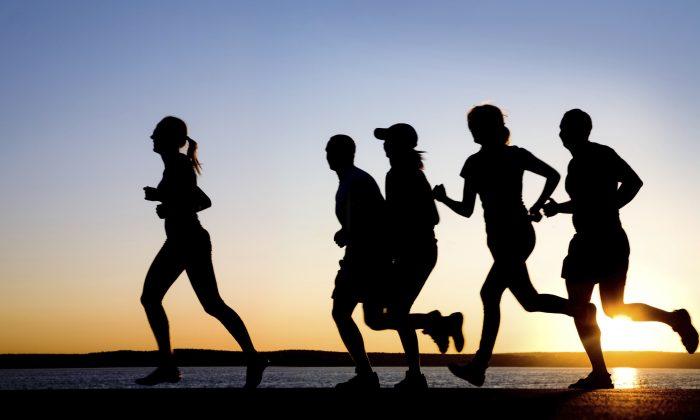
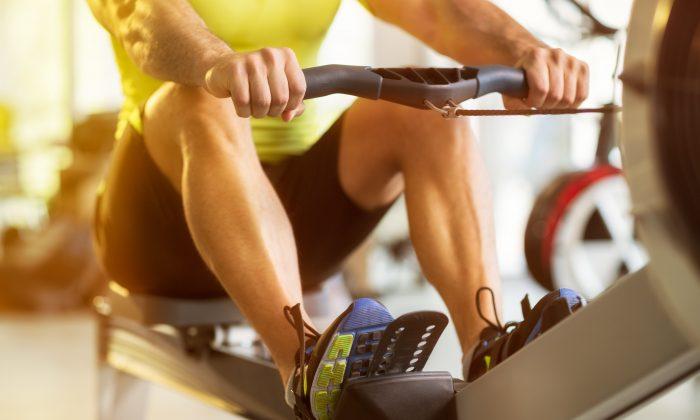
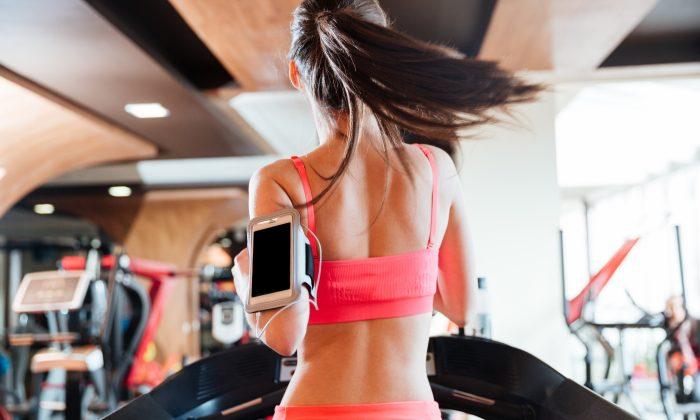
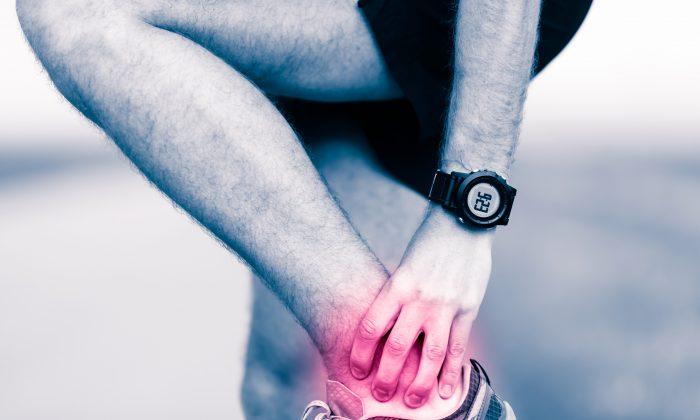
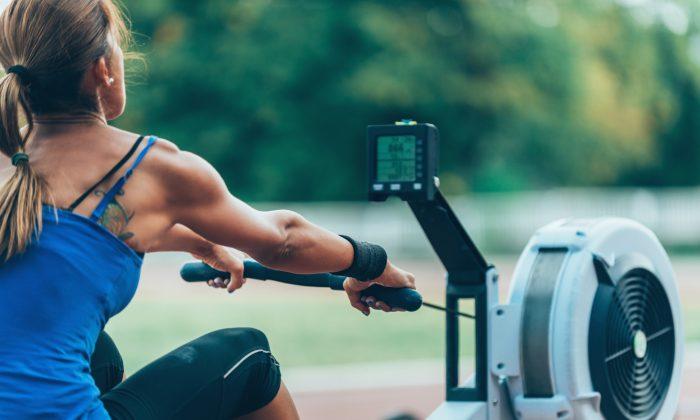
Friends Read Free